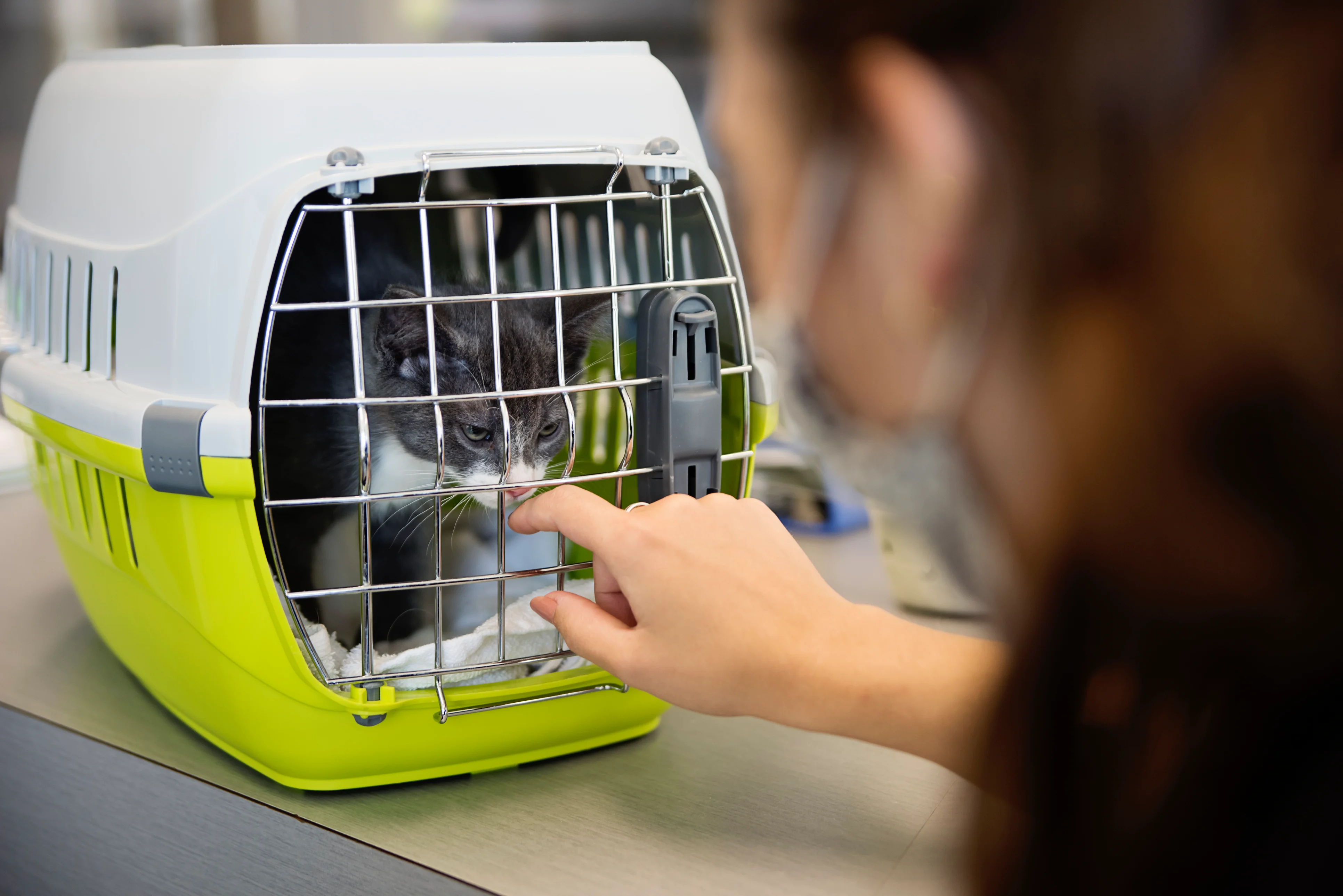Top 5 Preventive Care Changes in the Last Decade & How to Communicate Them to Clients

Sponsored by Covetrus
In the past 10 years, new research, recommendations, and products have changed the landscape of preventive medicine.1 Below are 5 noteworthy changes the face of veterinary preventive care has seen in the last 10 years, including tips on how to effectively communicate these changes to pet owners.
1. Noncore Vaccine Boosters for Overdue Dogs
AAHA recommendations on when to repeat a 2-booster series for overdue noncore vaccines in dogs (>20 weeks of age) have undergone several permutations over the past few years.1 Now, instead of providing a firm timeline, the most recent AAHA vaccine guidelines state to consult the manufacturer, advising “when in doubt: vaccinate” in cases of unclear vaccine history or overdue status.1,2
Such shifting recommendations may create confusion for owners and team members alike; a consistent practice approach to overdue boosters can help promote confidence and compliance.2 The entire veterinary team should be trained in the practice protocol and feel comfortable conveying it to owners.2 Practice software can ease the burden of communication by sending alerts (eg, emails, texts, postcards) regarding upcoming services that are due or overdue. Automatic alerts on patient files can also help to quickly identify patients requiring either 1 or 2 boosters and create standardized messaging from check-in.
2. Advances in Parasite Prevention
Many new parasite preventives have been developed in the past decade, providing improved administration and convenience for owners. New options in broad-spectrum parasite preventives that protect against heartworms, intestinal worms, and ectoparasites now offer comprehensive options for pet owners to choose from.1 Many of these options rely on isoxazolines, another important ectoparasiticide innovation of the past decade.1 Twelve-month injectable heartworm prevention is also now available, which can likewise help overcome the barrier of client compliance.1
Clients who have been giving multiple products for parasite prevention will likely appreciate the convenience of a single product or injectable alternative. However, forgetfulness still remains a major barrier to compliance, even when one product is all a patient needs.1
Leveraging practice software and online pharmacies can help ensure patients are dosed on time, regardless of the product chosen. Software-generated reminders can email, text, or send notifications via applications when doses are due. Alternatively, autoship options from the practice’s online pharmacy can send monthly doses precisely when they need to be given.
3. Timing of Spay & Neuter Recommendations
Unlike past recommendations to spay or neuter pets by 6 months of age, new research is now suggesting that a more tailored approach is necessary for weighing the pros and cons of gonadectomy.1,3,4 Risk for certain cancers, joint diseases, and urinary incontinence can all be impacted by the timing of spaying and neutering.1,3,4 The lack of a one-size-fits-all approach is bound to create confusion for owners and possibly even frustration or loss of trust from owners whose pets have been spayed or neutered according to past recommendations.
Connection is key to communicating these new changes effectively. Veterinarians should plan to spend time during initial appointments explaining new recommendations and weighing both medical and nonmedical (eg, discounts provided by shelters) factors to aid clients in making an informed decision.1,3,4 Graphics or pamphlets provided to new patients can help education continue long after the appointment ends. In addition, alerts on patient files can communicate the chosen surgical timing to the veterinary team to ensure consistent messaging and proper scheduling.
4. New Cancer Screening Tests
After much research and development, cancer screening via blood work is now available to pet owners.1,5 Although certain factors such as cost may prove limiting in some cases, such screening tests may be a welcome option for some pet owners.
Identifying interested owners begins with routine education for all owners regarding their pet’s disease predispositions and the benefits of early disease detection. Team members can be trained to discuss minimum database recommendations by life stage, using helpful charts provided by AAHA and AAFP.6,7 A cancer screening can be additionally discussed by the veterinarian as part of a more catered prevention approach for at-risk pets. To remove pressure from in-the-moment decision-making, owners can be sent home with more information to familiarize them with the service.
5. Low-Stress Handling Techniques
A growing recognition of the benefits of low-stress handling techniques (eg, gentle restraint, previsit medications) has made them more routine in veterinary practices, but these methods may require a little more coordination and patience from all involved.1,8 Communicating the importance of patient comfort can begin with the very first phone call.9 Client service representatives can ask if the patient has special needs, book accordingly to allow anxious pets to be put in an examination room right away, and alert the veterinarian of the upcoming appointment.8,9 The veterinarian can then choose whether previsit medications are appropriate and create alerts on files for patients that should be routinely prescribed premedication prior to appointments.8,9 Patient files can also be used to note the techniques that were successfully used to reduce a pet’s anxiety in the past to provide a consistently positive experience for all fearful pets.8,9
Conclusion
As the landscape of preventive care continues to change, effective communication is essential to improving compliance and generating confidence among owners. The veterinarian, veterinary technicians/assistants, client service representatives, and practice software can work together to provide cohesive messaging that helps clients shift smoothly with the newest developments.
